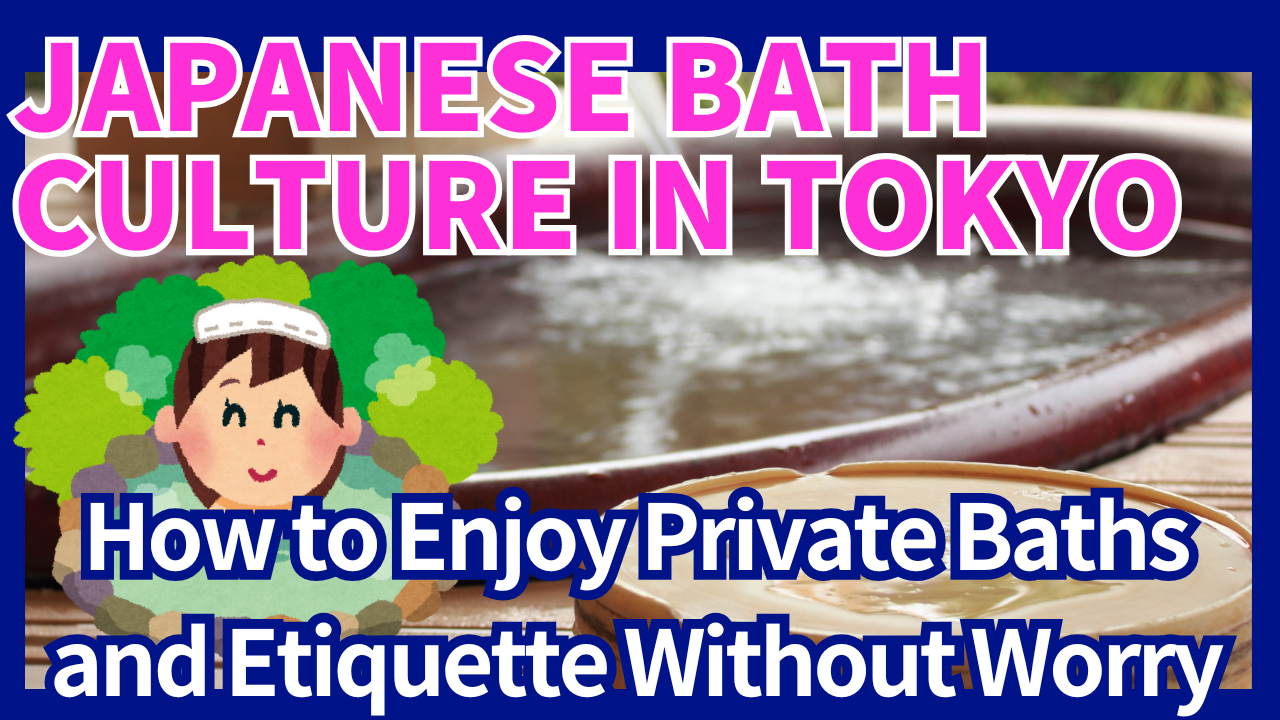Welcome to Tokyo, one of the world’s most dynamic cities—where sleek skyscrapers coexist with historic temples, and bustling intersections blend seamlessly with tranquil gardens.
While most travelers come for shopping, dining, or nightlife, there’s another uniquely Japanese tradition you shouldn’t miss: the art of bathing. Hot springs (known as onsen) typically conjure images of mountain retreats, but you can still explore Japan’s bathing culture in the capital, whether through genuine hot springs or thoughtfully designed private tubs.

For those who find communal baths intimidating—or if you have tattoos and worry about access—private bathing options abound. In this guide, we’ll explain key aspects of Japanese bath culture and etiquette in detail, and then explore how to select a hotel room with an en-suite or private bath (like a hinoki cypress tub or an open-air rotenburo).
We’ll also cover strategies for researching the best accommodations for your stay, ensuring that you can savor a relaxing soak in the heart of Tokyo.
- Japanese Bath Culture and Etiquette
- How to enter a public bath facility
- Manners for washing your body before entering the bath
- Other manners before entering the bath
- A note on tattoos
- Private Baths in Tokyo—An Alternative for Comfort and Style
- Hinoki Bath and Rotenburo
- How to Search for the Right Hotel
- Conclusion & Ending
Japanese Bath Culture and Etiquette

Japan’s bathing tradition is deeply woven into the cultural fabric, tracing its roots back centuries.
Historically, natural hot springs have been prized not just for relaxation, but also for their mineral-rich waters believed to offer therapeutic benefits.
As bathing practices evolved, public bathhouses—often referred to as sento—emerged in urban neighborhoods, and communal onsen developed in rural areas. Over time, a unique set of customs has formed around these spaces. Even if you aren’t visiting a true hot spring, you’ll encounter these customs in most Japanese bathing facilities, including hotel spas and large public baths.
How to enter a public bath facility

First, understand that bathing in Japan is more than just hygiene—it’s a ritual of cleansing and relaxation.
You’ll generally find separate facilities for men and women. Upon entering the dressing area, you remove all clothing and store your belongings in a locker or basket.
Complete nudity is the norm in onsen and sento culture, which can surprise first-time visitors. However, remember that everyone else is in the same state, so there is little to no stigma attached to it once you step inside.
Manners for washing your body before entering the bath
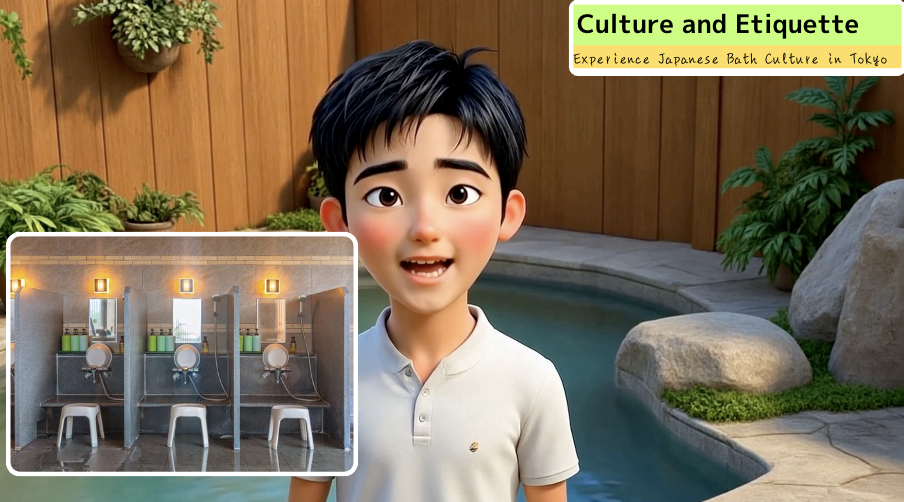
Next, you’ll notice a washing area equipped with low stools and handheld showers, plus shampoo and body soap.
Because Japanese baths emphasize relaxing in a pristine environment, cleanliness is paramount. Some visitors choose to thoroughly wash their bodies with soap before entering, while others prefer to perform a quick rinse (kakeyu), soak for a short time, and then gently wash afterward.
The latter approach can help those with sensitive skin avoid irritation from soap before entering mineral-rich water, or maintain more of the onsen’s beneficial properties. Whichever method you follow, always ensure that you at least rinse away sweat and surface dirt so as not to disturb others or compromise the bath’s water quality.
Many people sit on the provided stools while washing to avoid splashing those nearby—a small detail that highlights the spirit of consideration at the heart of Japanese bathing culture. If you have long hair, tying it up before you enter the bath is another polite gesture, ensuring that stray hair stays out of the shared water.
Other manners before entering the bath
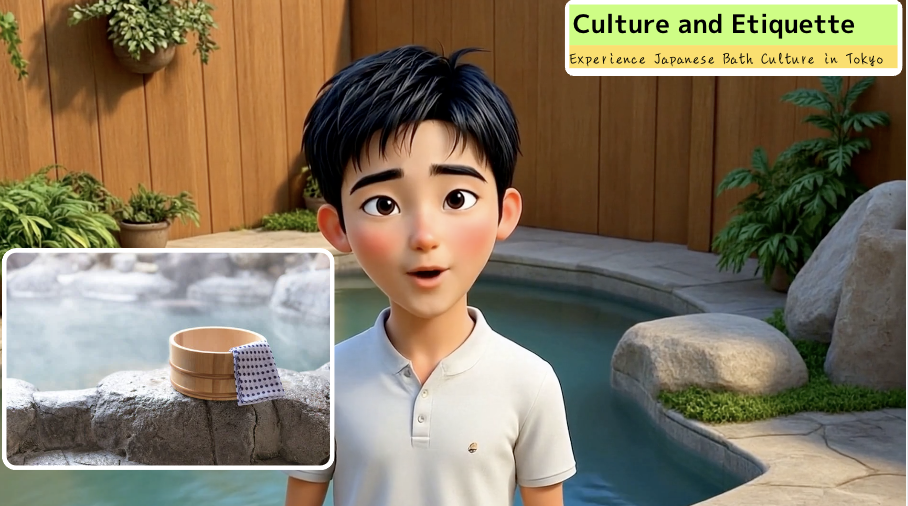
When you finally move to the bath, you’ll typically be carrying a small towel. This towel serves multiple purposes—drying off, modesty (if you want to cover yourself briefly), or wiping your face—but you should never submerge it in the bathwater.
You’ll often see people folding or placing their towels atop their heads or on the rim of the tub. The bath itself is meant for soaking quietly, and conversation is generally subdued. Unlike Western jacuzzis or swimming pools, there’s no splashing or vigorous activity.
Most Japanese baths are kept at a higher temperature (often between 40–43°C or 104–109°F), so it’s wise to ease in gradually rather than submerging yourself too quickly. Many bathers begin by pouring water over their shoulders—a practice called kakeyu—to help their bodies adjust to the heat.
A note on tattoos

A note on tattoos: in Japan, tattoos have long been associated with organized crime groups (the yakuza), and while attitudes are slowly shifting, some establishments still prohibit visible tattoos. Policies vary: some facilities accept small tattoos if they’re covered with adhesive patches, whereas others strictly ban them.
Always double-check in advance. If you’re uncertain or simply want absolute peace of mind, opting for a private bath in a hotel or ryokan can alleviate potential issues and let you fully relax.
Ultimately, each aspect of Japanese bath culture—from undressing to washing, soaking quietly, and respecting the communal space—reflects an emphasis on harmony and mindfulness. Embracing these customs can elevate your visit beyond simple bathing, turning it into a moment of cultural immersion.
Private Baths in Tokyo—An Alternative for Comfort and Style
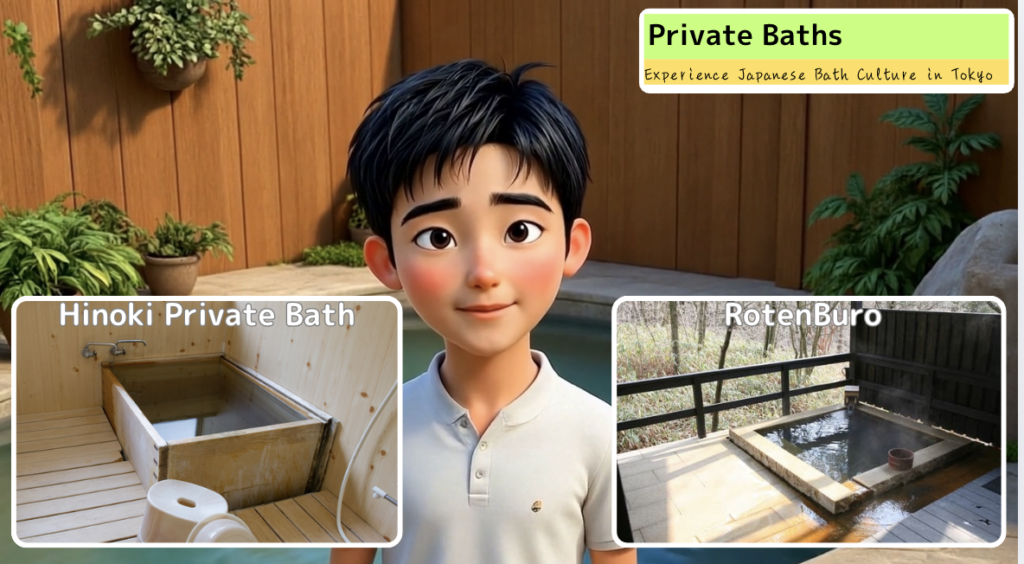
If the prospect of communal nudity feels daunting or if tattoos might limit your options, Tokyo still offers ways to savor a quintessentially Japanese bath in privacy. Many hotels and ryokan (traditional inns) feature private or en-suite baths that capture the spirit of onsen culture, even if they aren’t always fed by natural hot spring water. Rather than stepping into a large, shared bath area, you can enjoy a personally dedicated space to soak at your own pace.
Hinoki Bath and Rotenburo
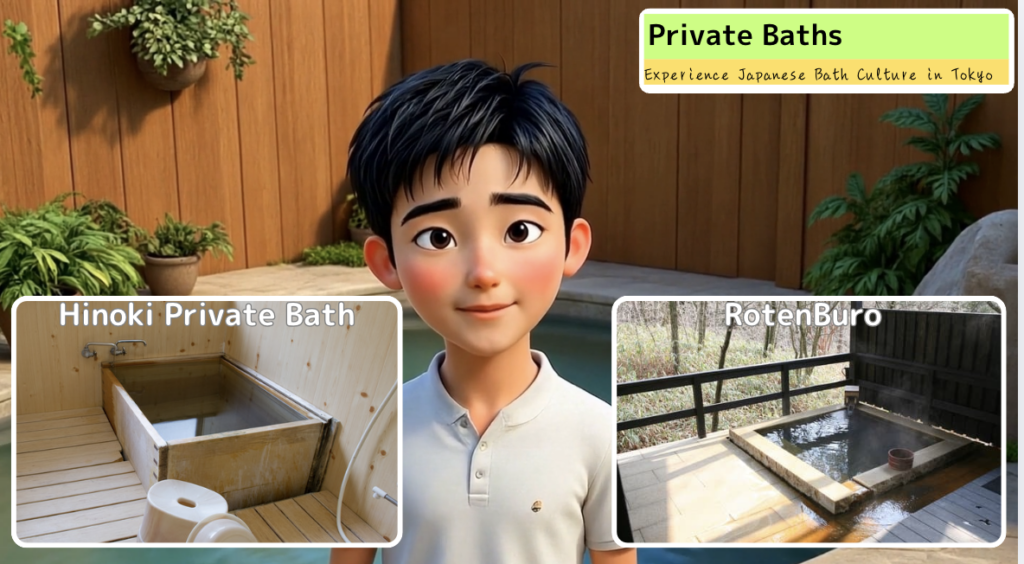
One key point to consider is whether you want a hinoki bath—a tub crafted from Japanese cypress. Hinoki emits a soothing aroma that intensifies when combined with hot water, offering a serene, spa-like atmosphere.
Alternatively, some places incorporate open-air tubs (known as rotenburo) on balconies or rooftops, allowing you to take in fresh air and city views while you unwind. You might not get the mineral-rich waters of a true onsen, but you’ll still be immersed in a bathing style that’s distinctly Japanese.
Additionally, some modern hotels offer “city view baths,” with floor-to-ceiling windows framing Tokyo’s vibrant skyline, merging contemporary luxury with a calming retreat.
How to Search for the Right Hotel
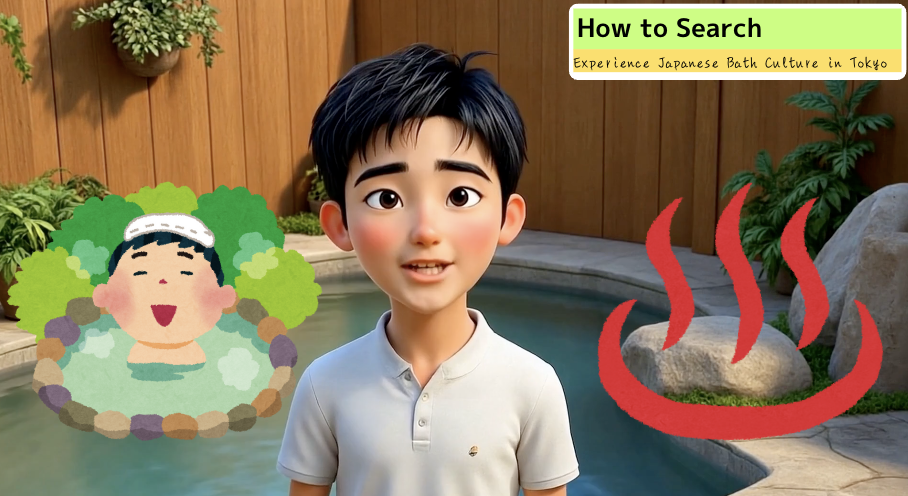
When planning a trip to Tokyo with a specific interest in private bathing facilities, you should approach your hotel selection strategically. Booking platforms are a good starting point, but it’s helpful to dive deeper:
Searching with keywords like “private bath,” “hinoki tub,” “tattoo-friendly,” “open-air bath,” or “onsen suite” can filter relevant options.
Check the official hotel websites for detailed descriptions—sometimes third-party sites don’t include full information about the room’s bathing amenities.
Before finalizing your booking, read guest reviews, especially those from international travelers. Look out for comments on whether the tub is actual hot spring water or regular heated water, or how effectively the hotel accommodates guests with tattoos.
If you can’t find explicit policies online, you may want to email or phone the hotel directly. Many establishments in Tokyo have English-speaking staff or can respond with translation tools. Make sure to confirm if the private bath is fully en-suite and exclusively yours for the duration of your stay, or if it’s a “family bath” (private time-slot system) that you must reserve in advance.
Finally, if experiencing a genuine hot spring is a top priority, remember that Tokyo’s most iconic onsen destinations lie on the outskirts—in places like Hakone, Atami, or Izu. Each is accessible by train in just an hour or two. You could easily split your time between the city and a nearby hot spring town, ensuring that you enjoy both the cosmopolitan pulse of Tokyo and the tranquil warmth of a traditional onsen environment.
Conclusion & Ending

Though Tokyo might not be the first place you associate with hot springs, it’s a city that caters to a wide range of tastes and comfort levels.
You can embrace Japan’s renowned bath culture through communal baths if you like, but don’t forget that private baths can offer the same sense of relaxation and cultural authenticity—sometimes accompanied by the aromatic charm of hinoki wood or a breathtaking urban view.
Even if the waters aren’t from a natural hot spring, the essence of Japanese bathing—mindful cleansing, quiet reflection, and warm hospitality—remains intact.
Whether you venture just beyond the city to a true onsen or indulge in a private tub overlooking Tokyo’s skyline, you’ll discover a tranquil oasis amid the urban energy. We hope this guide helps you find the perfect bath experience to enrich your trip.
Enjoy your soak, respect local etiquette, and savor this unique facet of Japanese life.
